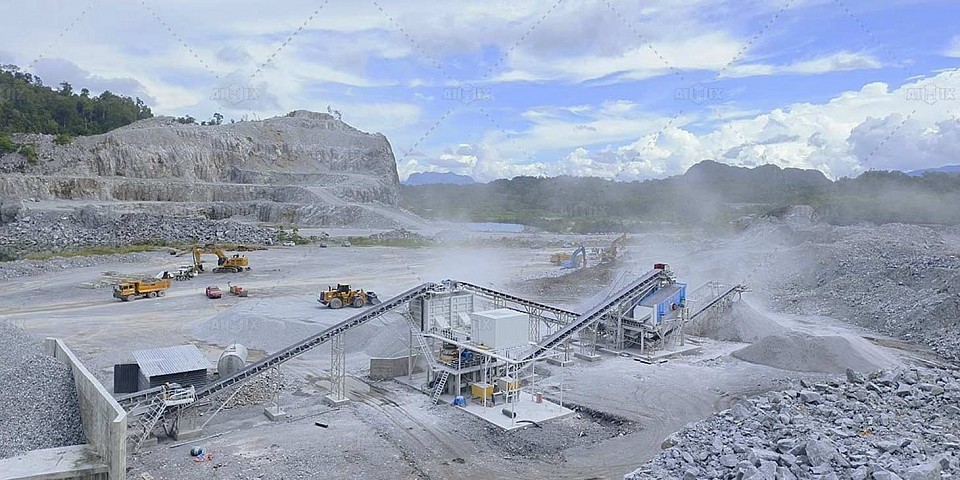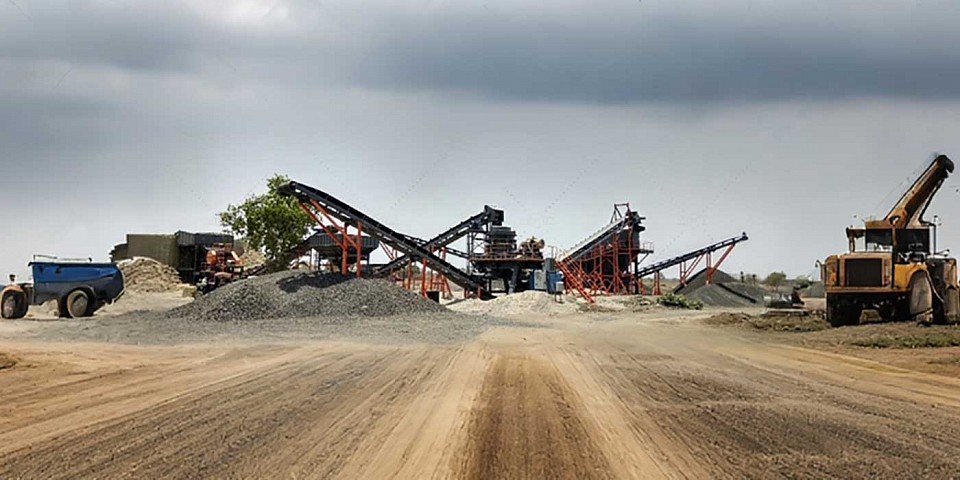How to Develop a Strategic Business Plan for Your Stone Crusher Plant
A well-crafted business plan is crucial for the success of any stone crusher plant. It serves as the blueprint for business operations, offering clear direction and strategy to ensure sustainability, profitability, and growth in an increasingly competitive market. The process involves not only evaluating the plant's operational efficiency but also integrating market analysis, financial forecasting, and risk management strategies to create a solid framework for long-term success. A strategic stone crusher plant business plan helps identify strengths, address weaknesses, and optimize opportunities while mitigating potential threats. In the stone crushing industry, where capital investment, regulations, and market dynamics can pose unique challenges, having a comprehensive plan is essential to navigate the complexities of the business.
1. Assessing Market and Operational Viability
Before diving into the intricacies of stone crusher plant operations, understanding the market dynamics is imperative. Market research provides insight into the demand for construction materials, industry trends, and regional competition. This assessment lays the groundwork for defining the business's position within the market.
The first step is to conduct a thorough market analysis. Identify target customers—such as construction companies, contractors, or road developers—and understand their specific needs. Investigate existing demand patterns and forecast future requirements based on urbanization trends and infrastructure projects. Furthermore, evaluate the competitive landscape. Analyze the pricing strategies, production capacity, and quality offered by competing plants to position your offering strategically.
Simultaneously, assess the operational feasibility of the plant. Determine the availability of raw materials, proximity to quarries, and transportation logistics to ensure consistent supply chains. Consider the capacity of the crushers, screening equipment, and material handling systems to meet production goals effectively. This phase of the business plan should also include detailed site analysis, considering factors such as land acquisition, environmental impact assessments, and legal compliances.
2. Financial Forecasting and Capital Allocation
A detailed financial plan is the cornerstone of any successful business venture, and a stone crusher plant is no exception. Establishing clear financial goals will help prioritize investments, ensure that the plant operates within its budgetary constraints.
The financial forecasting process begins with estimating initial capital expenditures for equipment, machinery, infrastructure, and land acquisition. These initial investments are often the most significant portion of the overall business plan, so it is essential to calculate the return on investment (ROI) over time. Factor in costs such as raw material procurement, labor, maintenance, and utilities to project ongoing operational expenses.
A robust business plan should also address financing options. Evaluate potential funding sources, such as loans, grants, or equity investment, based on the plant's capital needs and risk profile. Consider the timeline for debt repayment, interest rates, and other terms that might affect profitability. Additionally, create a break-even analysis to gauge the point at which the plant will start generating positive cash flow.
Lastly, ensure that a contingency plan is in place to handle unforeseen financial challenges. This includes setting aside emergency funds for equipment breakdowns, market fluctuations, or sudden regulatory changes. A comprehensive financial framework will support business growth, minimize risks, and ensure sustainable profitability.
3. Risk Management and Long-Term Sustainability
The stone crushing business is subject to various risks, ranging from economic downturns to environmental and regulatory challenges. A solid risk management plan identifies potential risks and outlines strategies for minimizing their impact on operations.
Start by evaluating external risks, such as fluctuations in market demand or the cost of raw materials. Economic downturns can reduce demand for construction materials, while global supply chain disruptions can lead to material shortages or delays. To mitigate these risks, diversify customer bases or adjust production schedules to align with market conditions. Maintaining flexible contracts with suppliers and establishing long-term relationships with key customers will also help buffer against market instability.
Environmental risks, including environmental regulations, noise pollution, and land use permits, should be closely monitored. Ensure compliance with local laws by regularly reviewing environmental policies and preparing for any changes in regulations. Investing in eco-friendly technologies, such as dust suppression systems or energy-efficient equipment, can help minimize environmental impact while keeping the rock crushing plant in compliance with regulations.
Lastly, human resources play a pivotal role in the long-term success of a stone crusher plant. Address labor risks by providing training programs for staff on safety protocols and machine operation. A skilled workforce enhances operational efficiency and reduces the likelihood of costly accidents. Developing an effective safety management system and fostering a culture of responsibility will not only protect employees but also reduce insurance premiums and legal liabilities.
By addressing these key risks and preparing mitigation strategies, the stone crusher plant can continue operating effectively, even in the face of unexpected challenges. Long-term sustainability depends on the plant’s ability to adapt to changes, continuously improve operations, and maintain a proactive approach to risk management.


